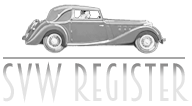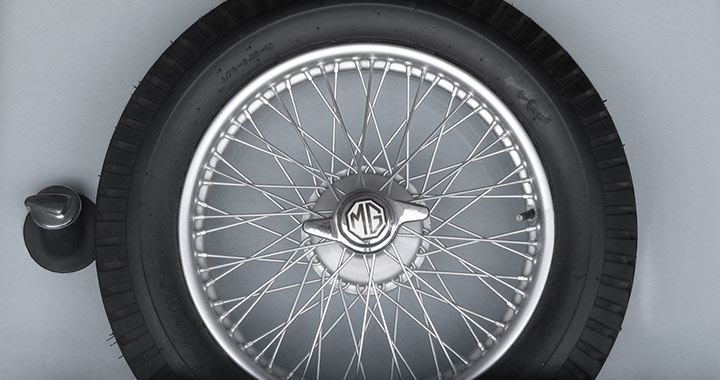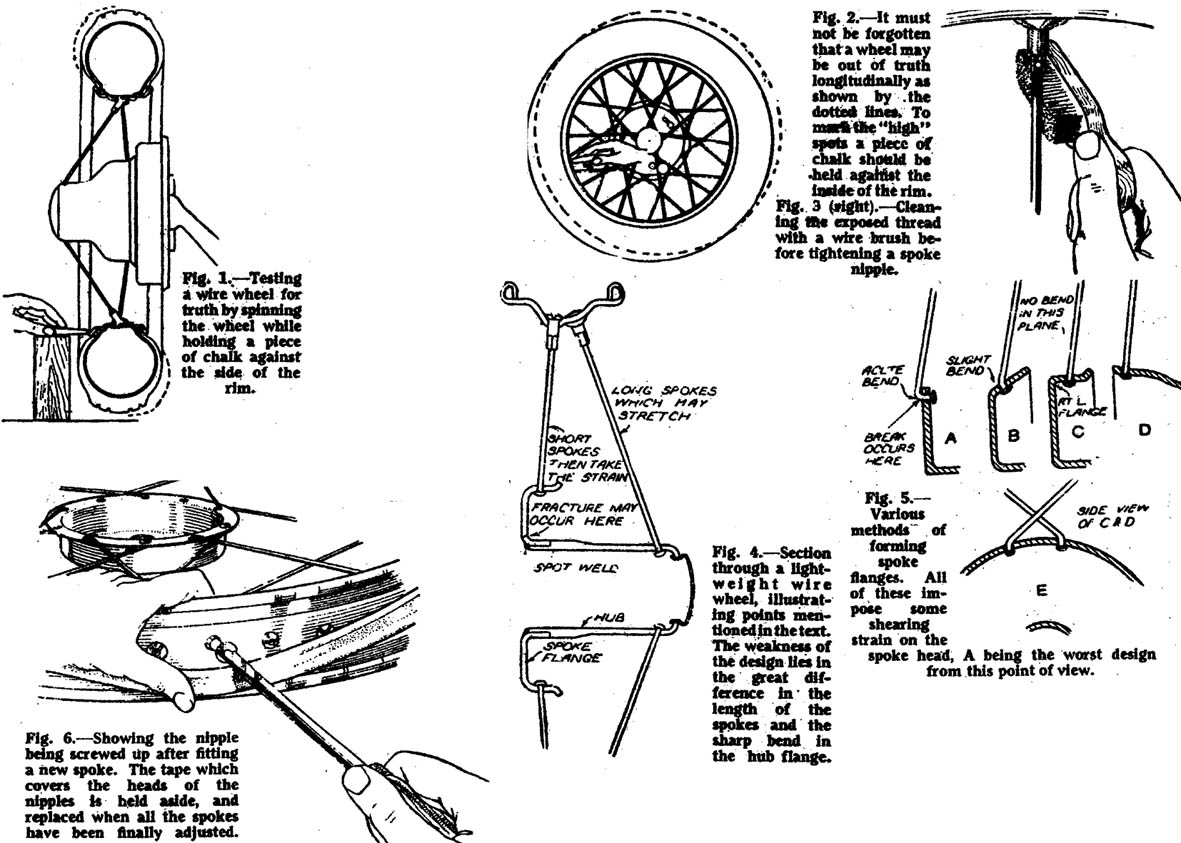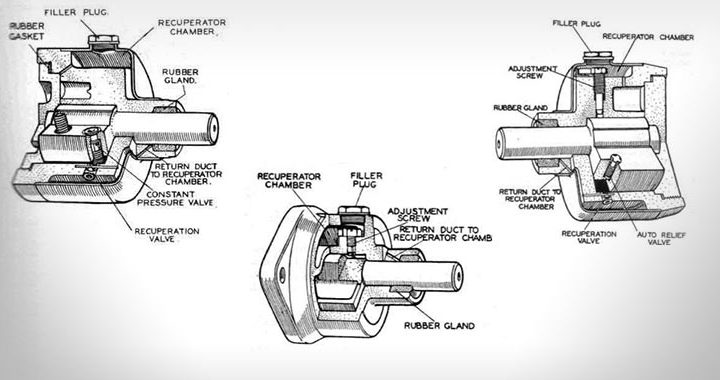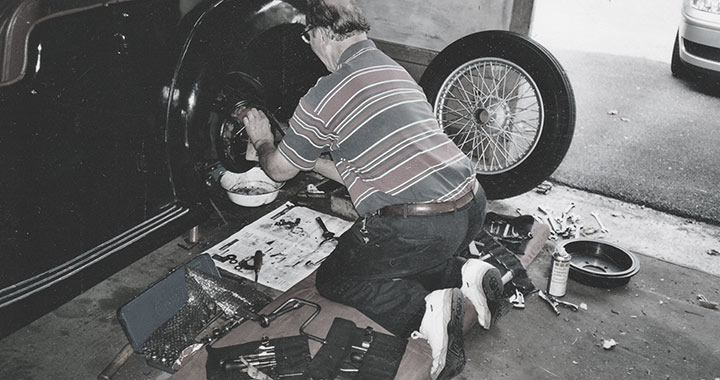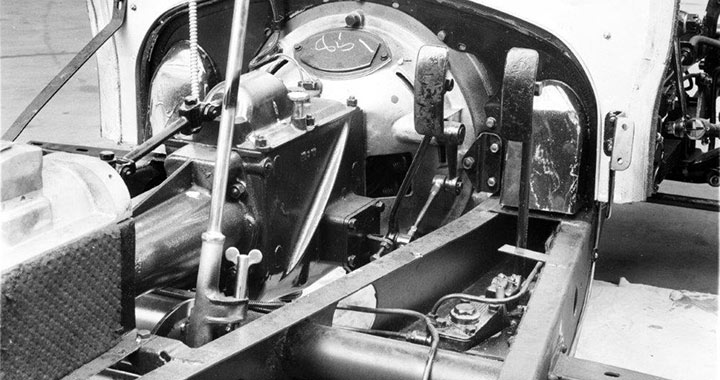This is a 1937 article from “PRACTICAL MOTORIST” magazine on Repairing Wire Wheels.
“It is quite possible for a car to be driven with a bent wheel without the owner being aware of it. It is a good plan therefore, to make an occasional inspection. If it is a wire wheel with adjustable spokes it will not be difficult to true it again. If it is neglected, the rim may become so buckled it cannot be straightened. A wheel slightly out of true usually signifies that the spokes are loose or of uneven tension. This puts additional strain on the spokes that are not loose, causing breakage.
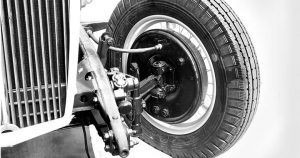
WA wheel and brakes
To test the truth of a rim, jack up the wheel and spin it, moving the rear wheels to the front where they will spin more easily. A piece of chalk held steadily against the rim (Fig 1) is useful for indicating the position and amount of wobble. Test for circularity by holding the chalk against the inside of the rim (Fig 2). The fact that the wheel can get out of true longitudinally, as shown by the dotted line, is often overlooked. The test should be conducted at the rim, not the tyre, which itself can be badly fitted. If the tyre is allowed to remain out of line, the cover may become strained and difficult to get back into line. The spokes should be adjusted by tightening some and slackening others. Tightening brings the rim to that side and the ones on the opposite side should be slackened. When the wheel is truly circular again, the tension of each spoke should be finally checked by plucking them like the strings of a harp-they should all sound approximately the same. Loose spokes will give a low note or simply rattle. Those with a much higher note should be slackened off. Although it is not necessary to put off a journey because of one or two broken spokes, they should be replaced at the first opportunity, otherwise they will cause further breakage. A more serious condition is a series of spokes broken on one side of the wheel, which brings danger of collapse.
(Click on image to see full size version)
A new spoke is fitted by removing the nipple and threading it through the flange. When the screwed end of the new spoke is opposite the hole in the rim it will be found slightly too long, and the spoke will have to be bent. Once in position it should be straightened and the nipple inserted from inside the rim and screwed in position as in Fig 6. As the spoke end is drawn into the nipple the final tensioning will have to be carried out using a spanner or spoke key, since the spoke will start to protrude from the nipple. When all the spokes have been finally adjusted, the heads of the nipples should be inspected and any protruding spokes filed down to avoid their damaging or puncturing the inner tube. The rubber band fitted in the well of the rim is used expressly to prevent chafing of the tube and should always be replaced in position.”
